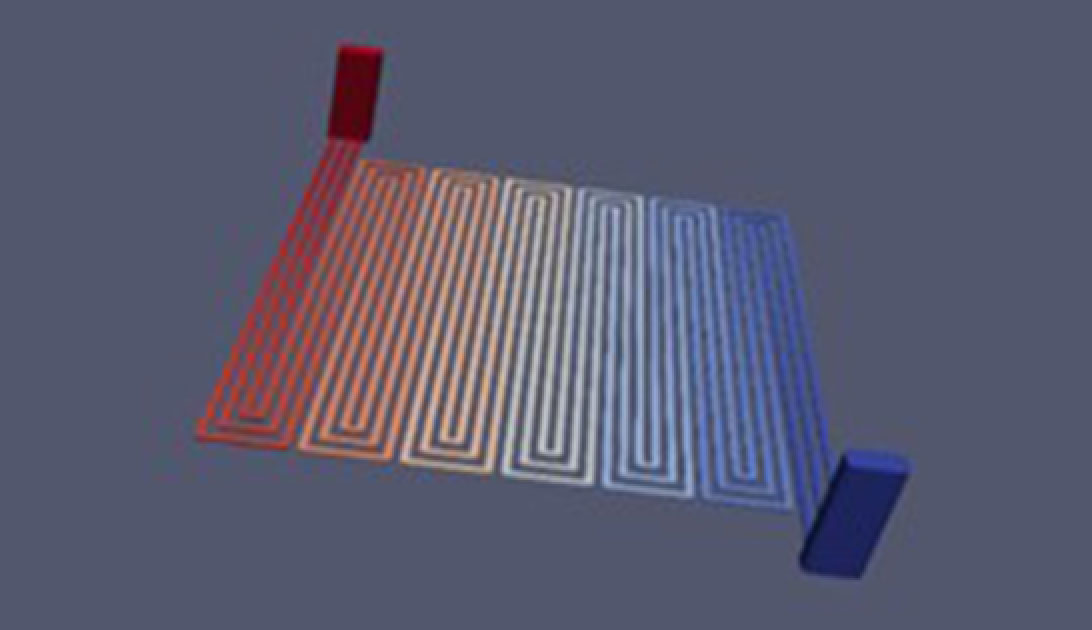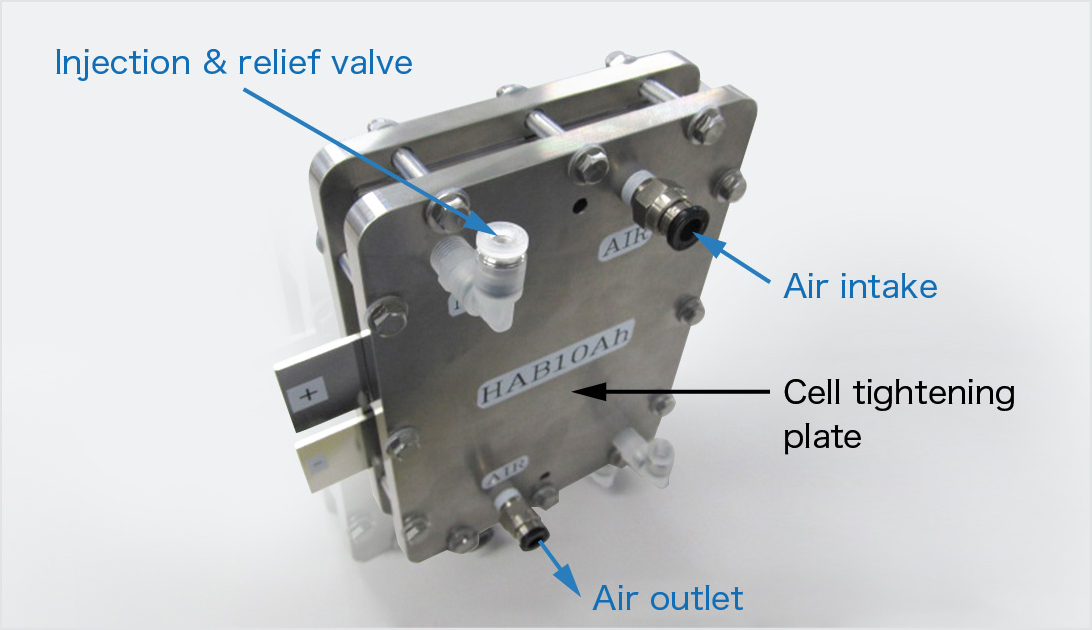

Metal-hydride air secondary batteries
Metal-hydride air secondary batteries
Metal-hydride air secondary batteries have the Ni positive electrode of nickel-metal hydride batteries replaced with air (oxygen) to solve the problem of low energy density in alkaline secondary batteries and to achieve both high energy density and safety.Features of metal-hydride air secondary batteries
Positive material: Oxygen in air
⇒ Unlimited positive capacity (high capacity)
Negative material: MH alloy
⇒ No dissolution precipitation reaction
(MH: Stable reaction, Li: unstable reaction)
Electrolyte: Alkaline solution
⇒ High power and high safety
⇒ Unlimited positive capacity (high capacity)
Negative material: MH alloy
⇒ No dissolution precipitation reaction
(MH: Stable reaction, Li: unstable reaction)
Electrolyte: Alkaline solution
⇒ High power and high safety
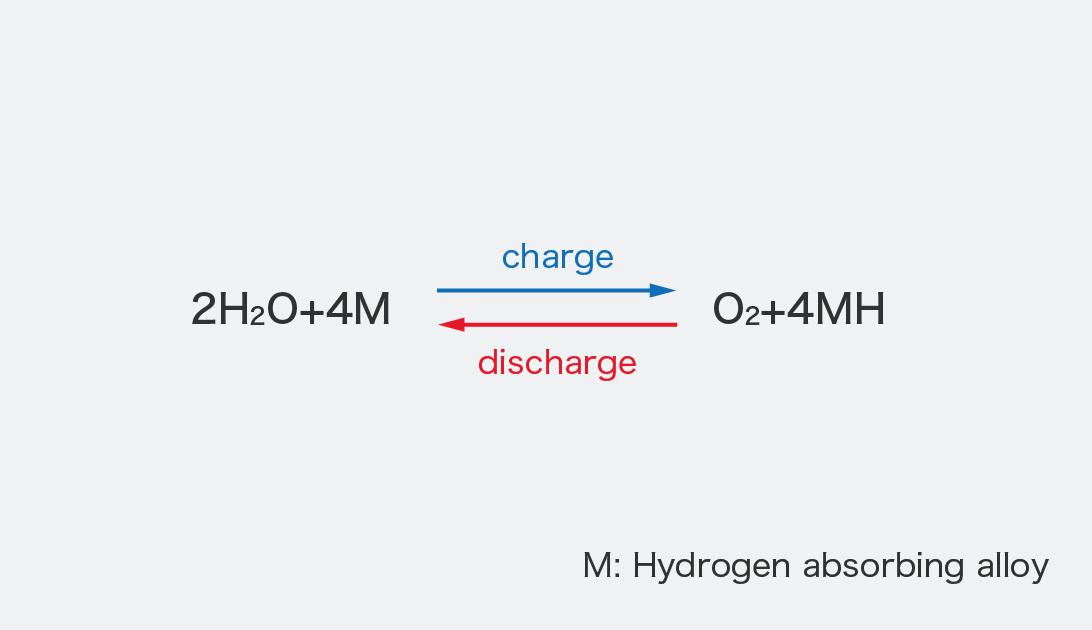
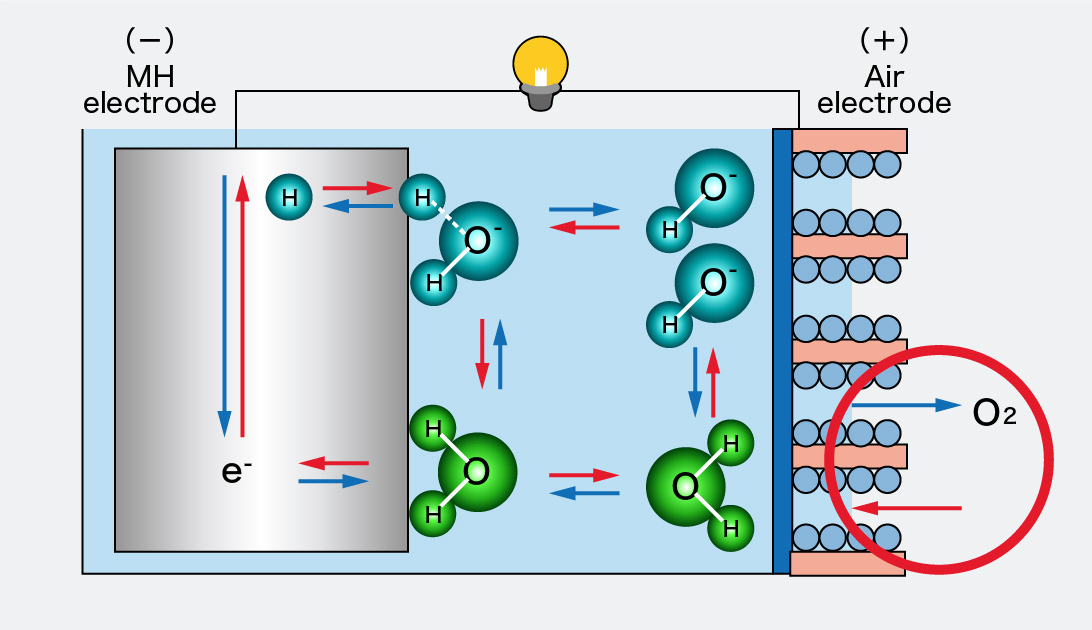
FDK's original technology
FDK is developing metal-hydride air secondary batteries with an air electrode that uses BiRu oxide (BRO catalyst) as an oxygen reduction catalyst and uses a superlattice hydrogen absorbing alloy for the negative electrode.
The features of metal-hydride air secondary batteries developed by FDK are as follows.
The features of metal-hydride air secondary batteries developed by FDK are as follows.
- The air electrode uses a BRO catalyst that is durable in charging and has a stable charge-discharge cycle performance
- Achieves stable charge-discharge cycle performance with an active structure that sends air to the battery
- Cells can be stacked and have low resistance due to adoption of bipolar type cells
Development of air electrode using BRO catalyst (Bi2Ru2O7-x)
With the cooperation of Professor Morimitsu of Doshisha University, we have developed an air electrode that is stable during charging and discharging using an BRO catalyst with a pyrochlore-type crystal structure.
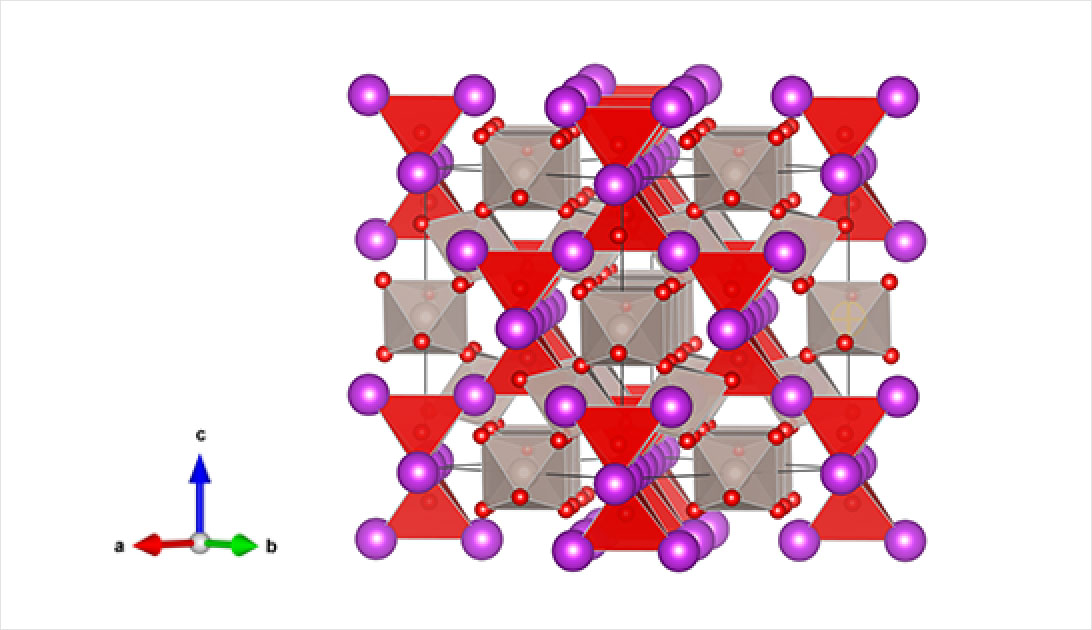
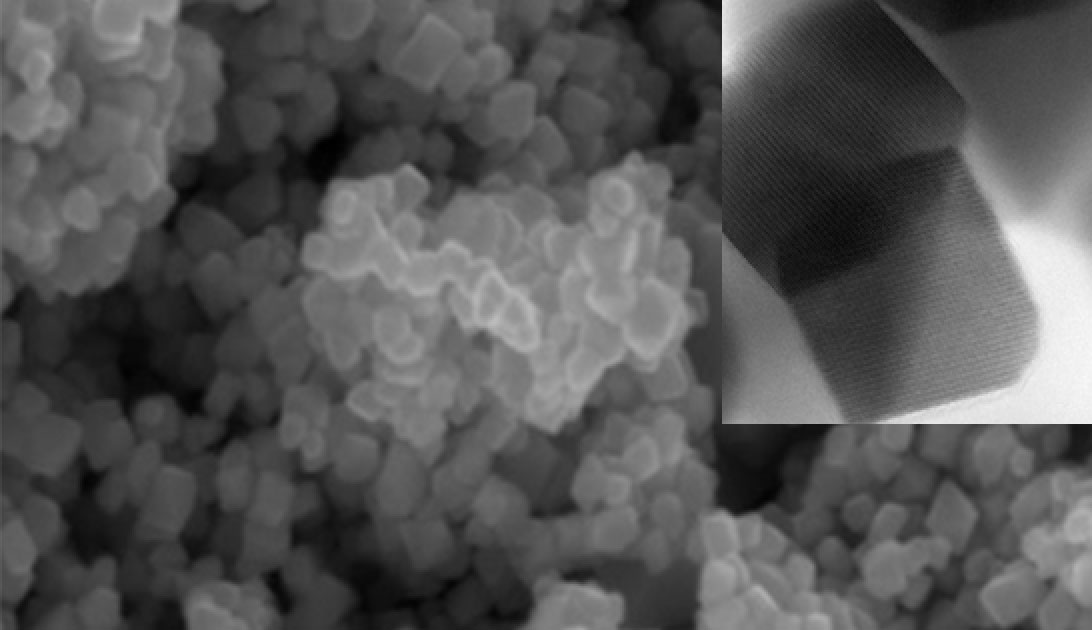
Development of active structure cells
We are developing a stackable 10Ah cell by designing a flow path board while calculating the pressure loss etc. to deliver air using our original CAE technology.
